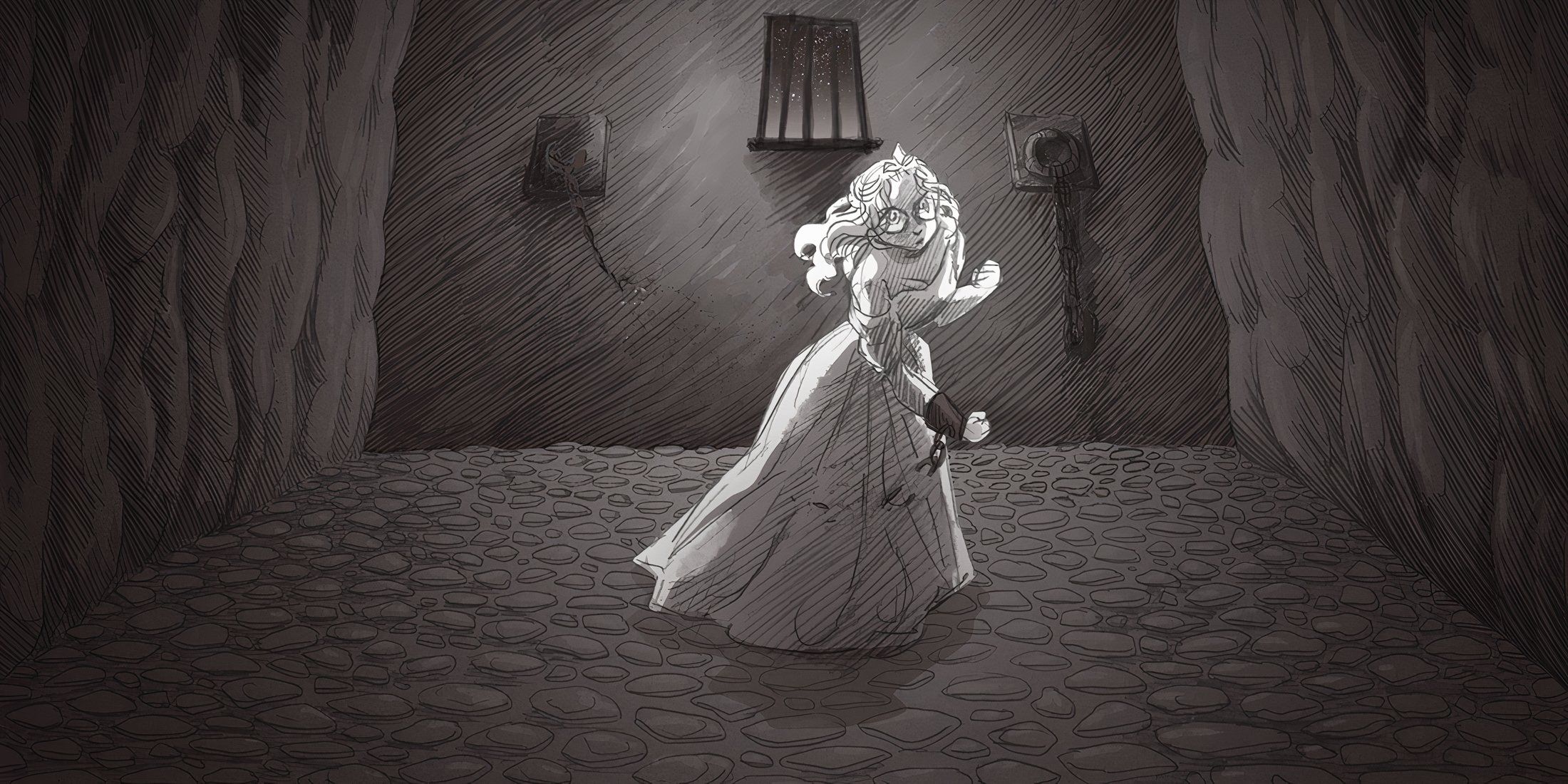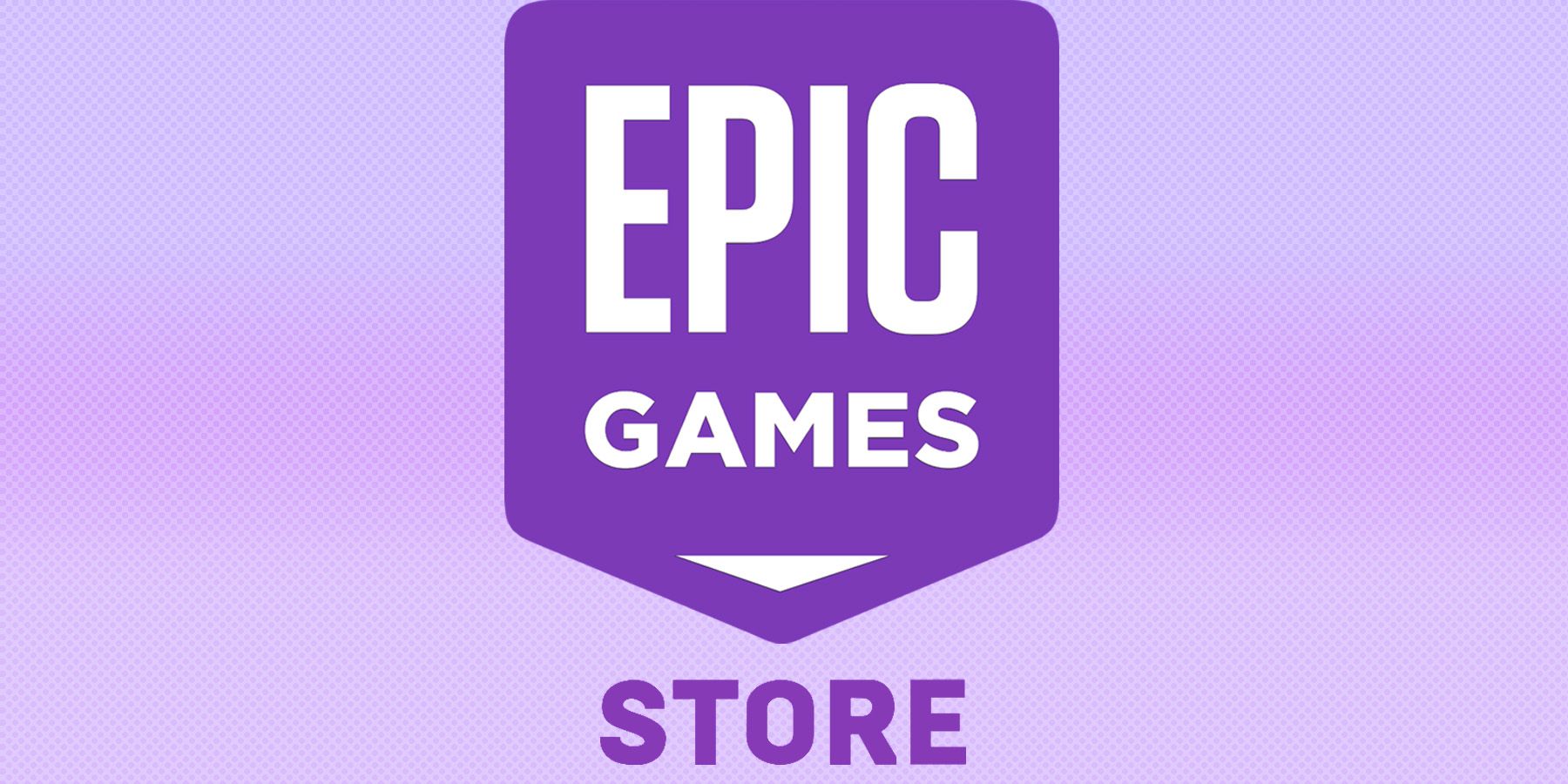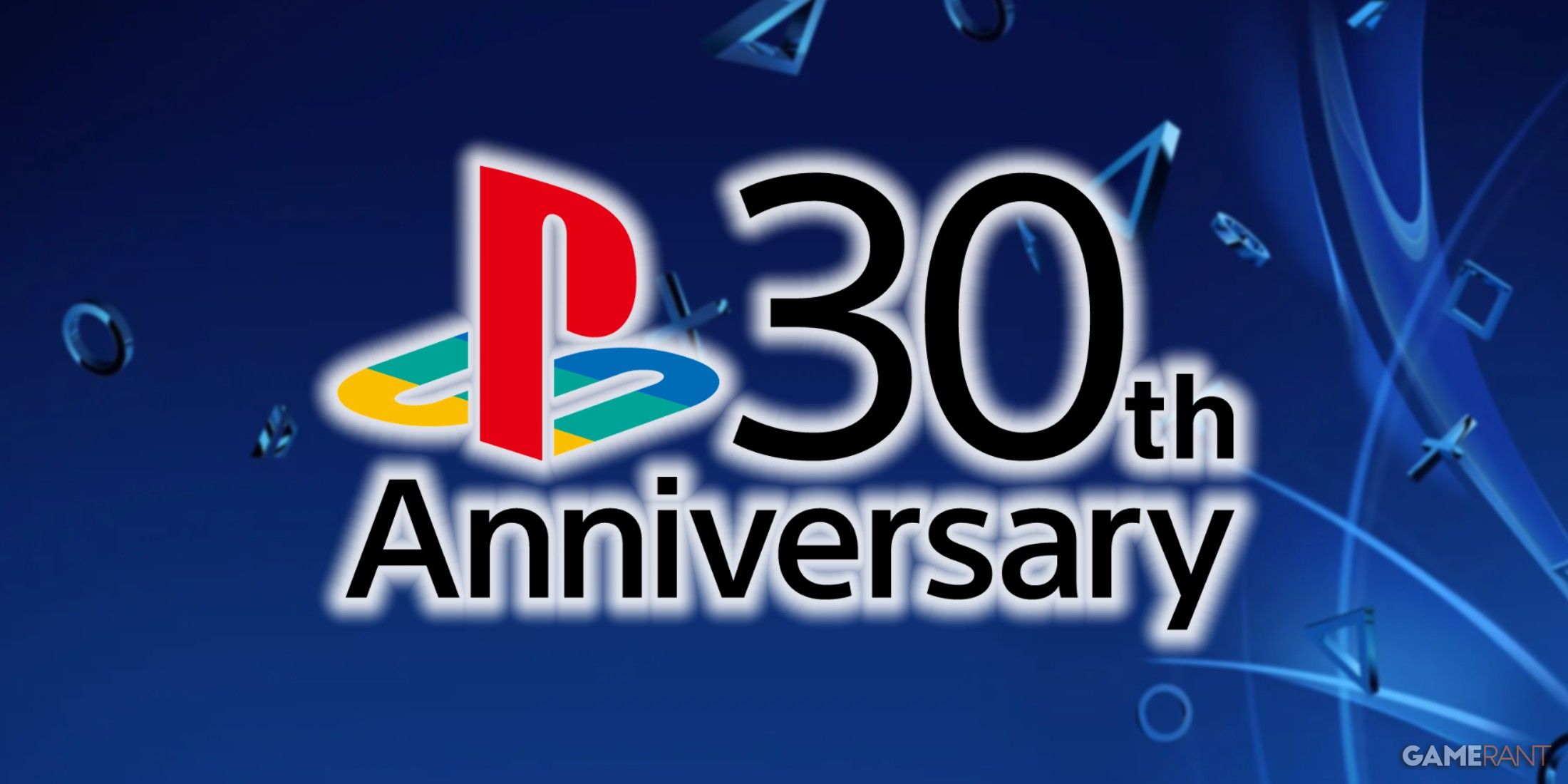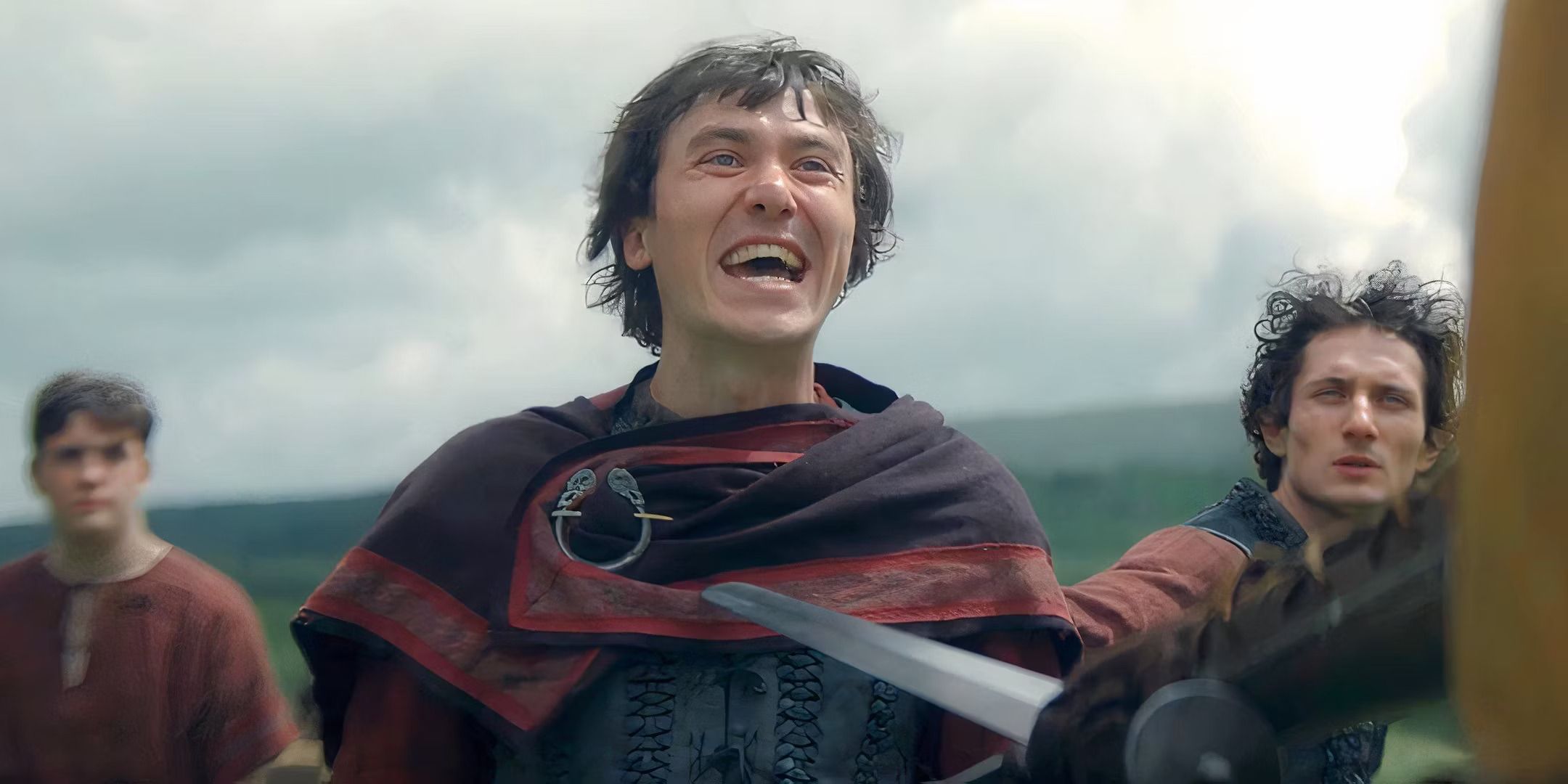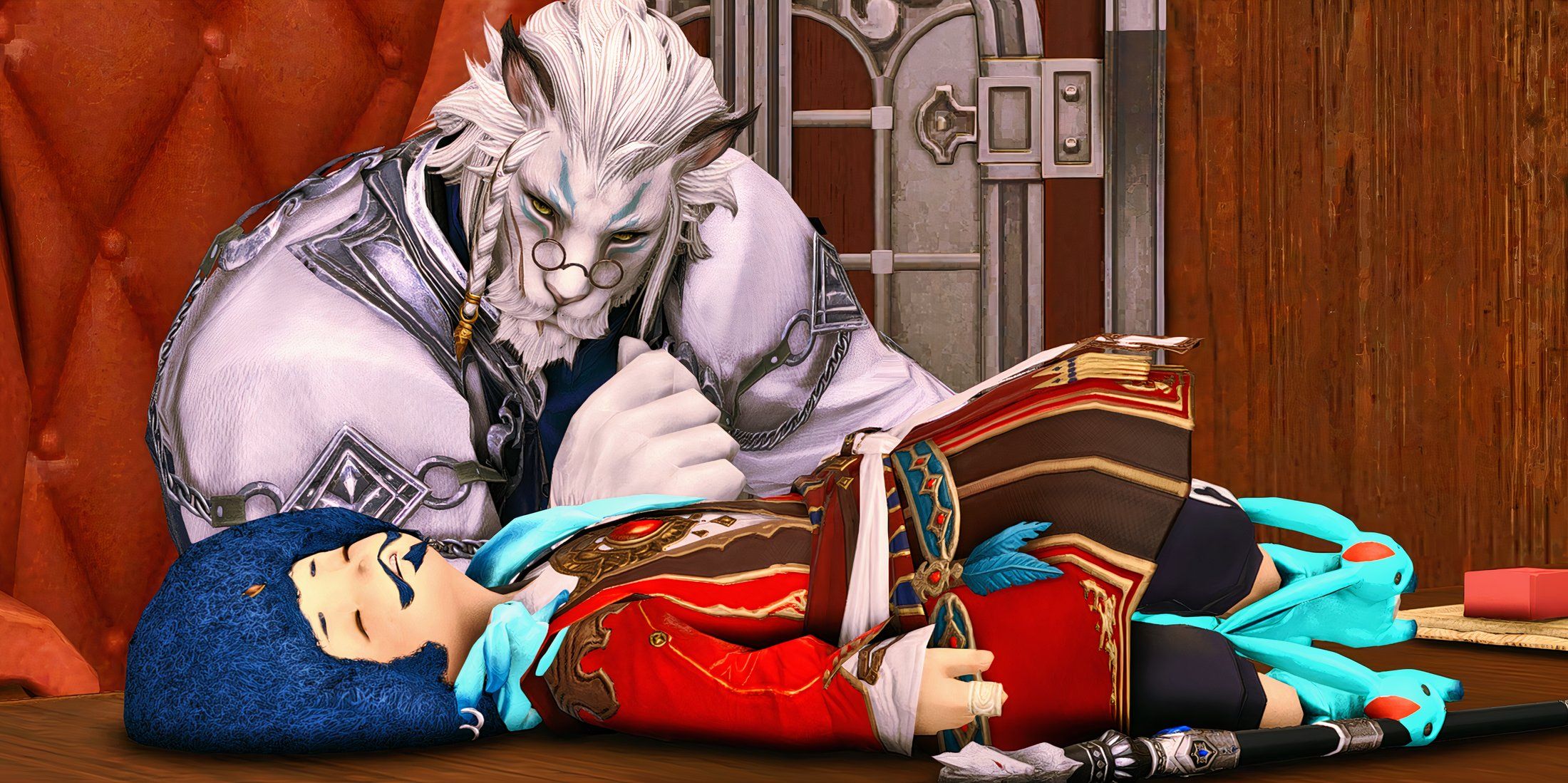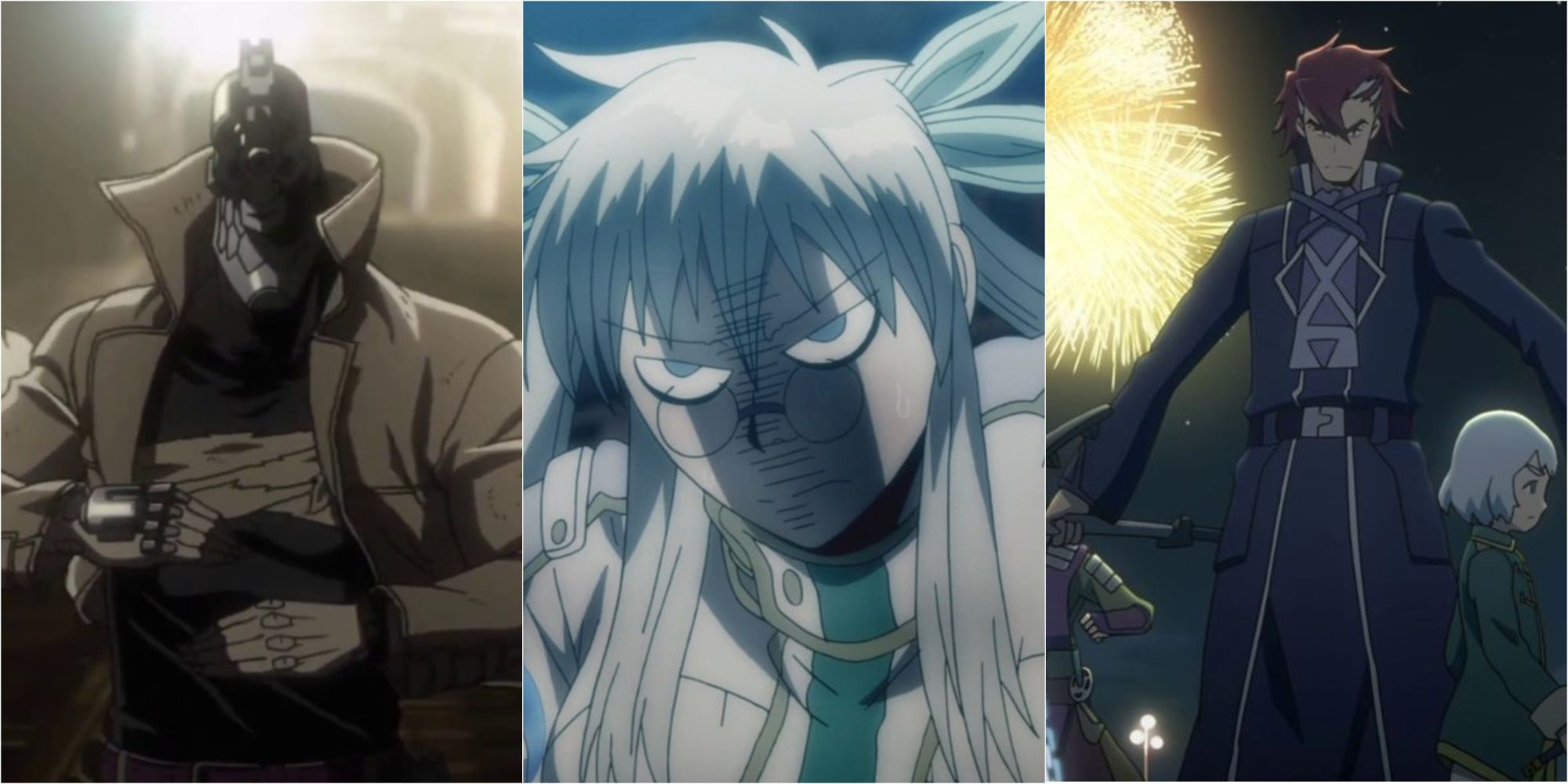A year on from its initial release, the Pristine Blade from Slay the Princess is back to make a horror genre classic: a director’s cut. Slay the Princess: The Pristine Cut fleshes out routes and adds endings that bring the indie narrative darling more in line with its developers’ vision. This included adding meat to the bones of some chapters while writing three entirely new ones.
Married developer duo Abby Howard and Tony Howard-Arias, the team behind Black Tabby Studios, sat down with Game Rant for an interview ahead of the Pristine Cut’s release to discuss what makes the new version of the indie game pristine.
4:31
Related
8 Best Atmospheric Horror Games
In this video we go over some of the Horror games that had amazing atmosphere’s such as Bioshock, Silent Hill 2, and Outlast 2.
Why Slay the Princess Deserved Another Cut
For Black Tabby, the original release of Slay the Princess was a sprint from start to finish. The game was developed between chapters of Black Tabby’s episodic title, Scarlet Hollow. This, they explained, meant they lacked the chance to really take in the totality of the game and reflect on it. Getting the ability to view the game from the outside following the game’s release showed the holes in the game’s structure and gave them ideas of how to sharpen their vision.
Most projects, particularly from small teams, will have gaps like this, explained Tony. They’re a natural result of a single project constructed from the visions of multiple developers. For example, the pair recounted a story where Tony used a phrase in the narrative like “You strike true.” When Abby’s art depicted the blow landing, Tony was surprised. He hadn’t realized the implication of what he had written that Abby picked up on.
They went on to explain that a sense of dissatisfaction crafted by a narrative can actually be meaningful in storytelling. It was an artistic idea Tony had since his undergrad, that a narrative could be satisfying but give the reader–or player in this case–a feeling of dissatisfaction. Abby, however, felt holes like the ones they noticed after release may have given players a different, unintended sense of dissatisfaction.
I think the issue really arose from the fact that some of them actually did feel like there was just more to them, which meant that the unsatisfying ending actually felt unsatisfying, like in a way where you’re like, “Oh no, I wanted more from this,” versus unsatisfying that made it feel like we had run out of time … Because a feeling of unsatisfaction can very easily just be that, right? It’s kind of easy to cut off a story before it gets good.
Three of those routes–The Beast, The Tower, and Adversary–which were written to be dissatisfying were ultimately in need of more attention to make them the right kind of unsatisfying, Abby explained. There was a lot the developers hadn’t really explored with them, so they revisited a chapter in each to flesh out the narratives. Those chapters needed more place to explore the Princess and how the player got to the point they found themselves at.
On top of that, entirely new chapters were added to other routes. The Specter, The Damsel, and The Prisoner all had new chapters added to develop those routes to the same length as others. They were expanded to include Chapter Three, which those routes initially lacked.
These expansions to the story were so large in scope, the additions to The Prisoner in particular necessitated a delay as an entire new ending had to be added to the game. Abby said that, after delivering that news, Tony had to lay down for a while. And they added yet another new ending to the game after that. Tony succinctly explained the process of developing a director’s cut.
It’s like any work of fiction that, while it’s being made, is this living, breathing thing. Some of those ideas were things that were ideas on day one, but what the game was on day one isn’t what it was on day 10, which wasn’t what it was at the end of development. I think, at the end of the day, what the glow-ups really do is they refocus those roots to be about what the game actually wound up being in the end.
Black Tabby acknowledged that the way Slay the Princess is designed, particularly with its multiple routes and lack of linearity, lends itself well to expansion like The Pristine Cut. However, keeping the game focused and cohesive around the roots they meant to focus on was a challenge. There was a challenge in making sure the stories remained within the focus of the game without being too similar to what came before.
Despite the delay this caused, the Pristine Cut releases almost one year to the day following the release of the initial version.
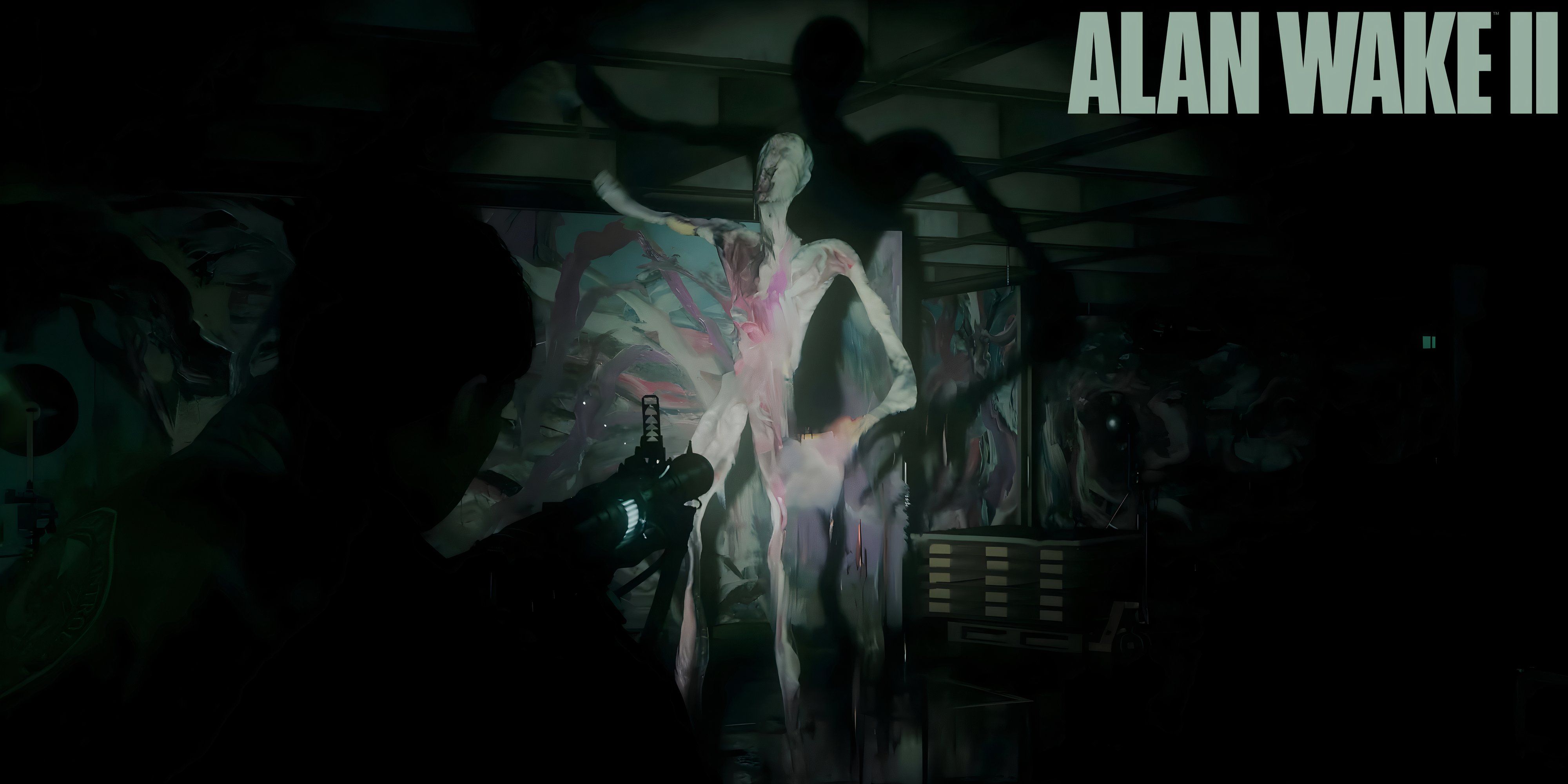
/cdn.vox-cdn.com/uploads/chorus_asset/file/25485454/SEV2_first_look_1.jpg)
